The Burton Latimer Hoard
His contact with the Burton Latimer coins was the key event that triggered Lawrence Cope's interest in the metallurgy of Roman coinage. Although his examination of the coins was reported in a local newspaper and he referred to the coins in his thesis, it was some disappointment to him that the details of the hoard were apparently never officially published. In 1966 he prepared this draft for a paper which he hoped one day might set the record straight.
(Details of the hoard were eventually published after his death in the British Numismatic Journal for 1984. This made reference to his earlier examination of the coins, but gave the coins a different numbering.)
The Burton Latimer Hoard of Late Third Century Roman Antoniniani
In June 1954 a silage pit was being prepared for Mr W.D. Evans on his land at Hilly Farm, Burton Latimer, Kettering, Northamptonshire. A bulldozer was used to cut a rough trench in the corner of a field on the slope rising to the south-east of the stream some 300 yards east of the High Street. The site is just a little to the left of the direct line extended from where the A6 road from the south bends at the top of the hill to the point where it begins to leave the village on the north side.
Mr F.A. Blanchard described how he entered the trench with a spade, to clean up the rough sides, and observed a small roll of coins protruding from the trench wall at a position about three feet beneath the surface. They appeared to be in the remains of a leather or cloth bag, which disintegrated when touched leaving the coins intact and visible as a small pile lightly stuck together. They separated easily when handled; and all came apart during their removal from the site in a cocoa-tin.
Mr Blanchard counted and delivered 125 coins; of which 108 (and rubbings of 3 others) were accumulated in the Central Museum, Northampton by 12th November 1954. Mr Evans generously donated all the coins which came into his possession to the Museum; but the remainder cannot now be traced.
The 108 coins recovered comprise bronze antoniniani, as follows :-
| Victorinus | (AD265-267) | 1 |
| Diocletian | (AD284-305) | 1 |
| Carausius | (AD287-293) | 58 |
| Allectus | (AD293-296) | 48 |
The coin of Diocletian is a rare one of British fabrication, issued by Carausius from the London mint. Many of the antoniniani of Carausius, and almost all those of the reign of Allectus, have good silver washes which are well preserved. Corrosion was in all cases only superficial, and was readily removed in dilute ammonia or by light brushing. A few of the coins were apparently cracked in the minting but the majority of the coins are in fine and freshly-minted condition - with little evidence of wear - leading to the probability that they were either deposited or lost towards the close of the third century during, or just after, the reign of Allectus, AD 293-296. The high quality of the Carausian coins indicates that they belong to the mintings of the latter end of his reign. The mint markings on the British coins and the high incidence of silver washing further suggest that the majority belong to the period c. AD290-296.
The site of the hoard had been agricultural land for centuries, and still is (in 1966) some distance from the nearest buildings. A later visit to the site (in early 1955) by Museum staff resulted in the discovery of evidence of Roman habitation quite near the location of the coin hoard, a number of shards - chiefly of 3rd or 4th century date, two tesserae, a portion of brick and part of a roof tile. These, and the coins, are particularly interesting as the first Roman remains recorded in the locality of Burton Latimer; and hoards of coins of the usurping British Emperors are, in any case, far from common.
In the Spring of 1955, Mr A. Warhurst, who had become the Curator of the Central Museum, Northampton, permitted me to weigh the 108 coins and to commence a metallurgical investigation of the silvering; but the examination proceeded little farther than the weighings, and the listing of mint marks and reverse types, before my removal from Northamptonshire enforced the termination of the work and the return of the coins to the Museum in July 1955. Their identification and a full numismatic record of the hoard awaits completion; but in view of the importance and rarity of such finds the records and observations which were made over ten years ago are given here to provide a first report as the basis for further study by others at some future date.
Coin weights
The coins were weighed, in the lightly brushed condition (after which two of the more heavily corroded coins lost only 1 to 1.5% weight), and the frequency distributions and average weights for those of Carausius and of Allectus were compared, as follows :-
| Weight range (grams) | Carausius | Allectus | Total |
| 3.00 to 3.49 | 6 | 1 | 7 |
| 3.50 to 3.99 | 9 | 5 | 14 |
| 4.00 to 4.49 | 24 | 21 | 45 |
| 4.50 to 4.99 | 16 | 18 | 34 |
| 5.00 to 5.49 | 2 | 3 | 5 |
| 5.50 to 5.99 | 1 | - | 1 |
| Total | 58 | 48 | 106 |
| Average weight | 4.28 grams | 4.40 grams | |
The weight range for the Carausian antoniniani (3.28-5.56) is slightly wider than for those of Allectus (3.18-5.11). Even though the modes are similar the distribution is asymmetric and tends to be biased more on the low side of the norm whereas the distribution for Allectus is almost symmetrical which accords with the more consistent minting practices known to pertain to the coinage of Allectus. The average weight of the comparatively unworn group of coins of Allectus is actually 2.3% above the average value of 4.3 grams quoted for his antoniniani, despite the presence of one thin coin of much lower weight (3.19 grams) than has been reported previously for his issues which have been said not to fall below 55 grains (3.56 grams). Silver washed coins were to be found in each of the weight groupings shown, but some of the heavier coins were particularly well silvered.
The isolated coin of Victorinus weighed 3.03 grams; the one attributed to Diocletian weighed 4.58 grams.
Legends
At present there is no list of obverse legends to correlate with reverse types and mint marks; nor measurements of die module or die axes.
Mints of origin
The coins can be identified as having been minted mainly at Londinium and Camulodunum in the following proportions :-
| Emperor | Londinium | Camulodunum | Mint mark not identifiable or missing |
| Diocletian | 1 | - | - |
| Carausius | 29 | 17 | 12 |
| Allectus | 29 | 17 | 2 |
The mint mark for the partly silvered bronze antoninianus of Diocletian is the London one of
Those for the coins of Carausius are :-
| L | | , |
F | O, |
F | O | , |
B | E | , |
S | P, |
S | P | , |
S | C, |
| | , |
| | , |
S | P |
| ML | |
|
ML | |
MLXXI | |
|
MLXXI | |
|
C | |
CXXI | |
C | |
Mint marks on the coins of Allectus
| S | P | , |
S | A | , |
S | A, |
S | A | , |
S | P | , |
S | P | , |
S | P | , |
S | C |
| ML | |
ML | |
|
MSL | |
MSL | |
CL | |
C | |
C | |
Reverse types represented (in descending order of abundance) are :-
| Victorinus | Pax (1) |
| Diocletian | Pax (1) |
| Carausius | Pax (43); Providentia (4); Salus Aug (3); Temp Fel (2); Apollin Cons (1); Fortuna Aug (1); Laetitia (1); Marti Pacifero (1); Monita Aug (1); Spes Public (1) |
| Allectus | Pax (16); Providentia (15); Laetitia (11); Salus (2); Comis (1); Iovi Conservatori (1); Fides Militum (1); Virtus (1) |
In conformity with observations made on previous hoards of the British Emperors, Pax is the predominant type of the Carausius coins (Pax represents 74% in this hoard), and falls to an inferior frequency under Allectus although still (at 33%) the most common type. Similarly Providentia and Laetitia appear on the evidence of this hoard too, to become more common under Allectus. Pax, Laetitia and Providentia which we know make the greater part of the coinage of Allectus are represented in this small hoard in the same manner. This might further strengthen the evidence of the appearance that they had had little wear and this hoard appears to be representative of newly minted coins mainly from a narrow period of fabrication in c. 289.
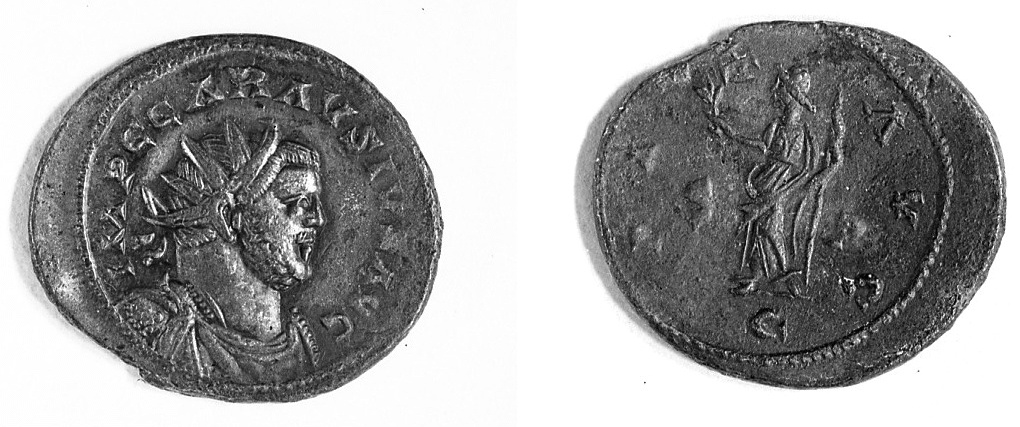
Figure 1. Burton Latimer Hoard, Coin No.90
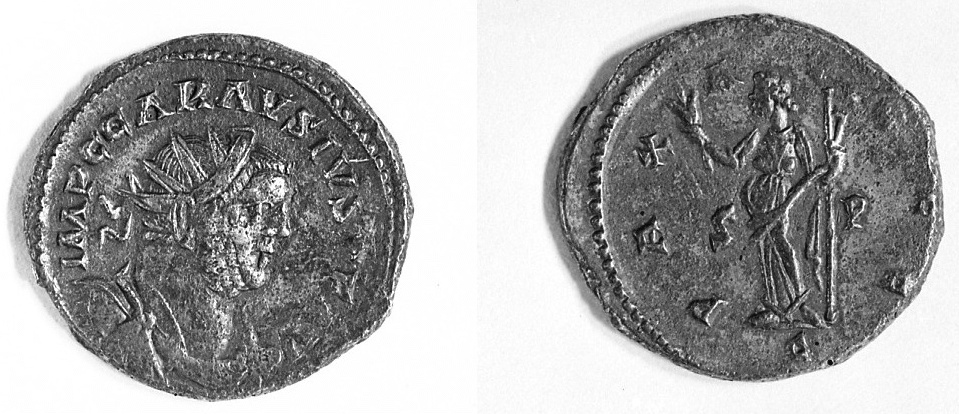
Figure 2. Burton Latimer Hoard, Coin No.91
Two of the typical Carausian coins (No.s 90 and 91) are illustrated (Figures 1 and 2). Later they were carefully cleaned chemically to remove all visible traces of corrosion products before a determination of their density. In the cleaning process they lost only 0.075 and 0.044 grams (1.5% and 0.94%) respectively. The measured densities determined were 8.87 and 8.86 g/cm³. These correspond with values which might be expected of medium- to low-tin alpha bronzes typical of the few analysed imperial coinage bronzes of the period. The etching action of chemical cleansing sufficed to reveal the extremely fine structure of some remaining traces of the silver wash (Figure 3) which is just visible as a white deposit at a position in the field near to the bridge of the nose of the obverse image in Figure 1; but since permission had not been obtained a destructive examination to determine the nature of the bond between this silver and the base metal was not explored.
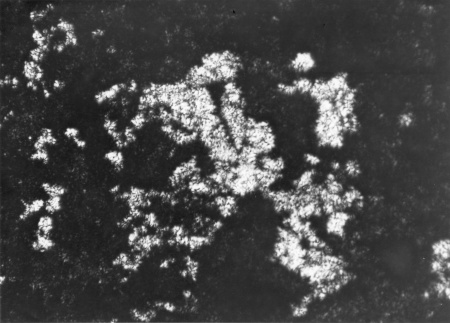
Figure 3. Photomicrograph showing areas of silver deposit
A photograph of the obverse of the most badly cracked coin of Allectus (No.3) is shown in Figure 4; another which shows traces of having been double-struck (No.44) is illustrated in Figure 5.
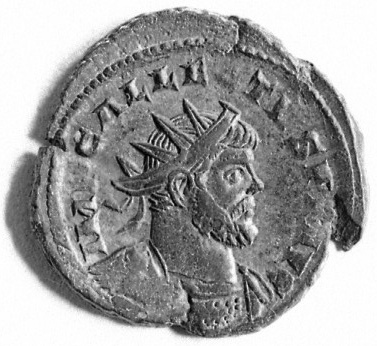
Figure 4. Burton Latimer Hoard, Coin No.3
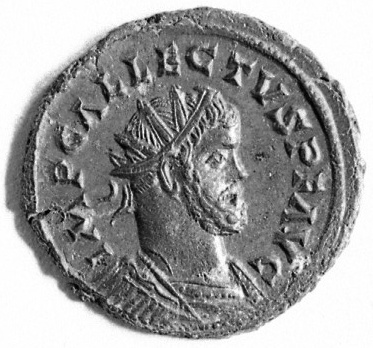
Figure 5. Burton Latimer Hoard, Coin No.44
Copyright 1966 Lawrence H. Cope





